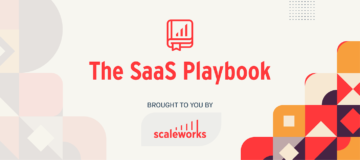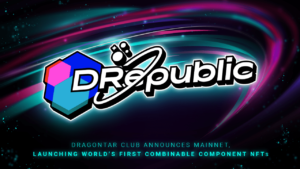Welcome back to The SaaS Playbook, a weekly rundown of the top articles, tactics, and thought leadership in B2B SaaS. Not a subscriber yet?
🥡 Investors and acquirers are showing an increasing openness to software consumption based revenues, as many of them view it no different than vanilla ARR as long as it comes with a positive net retention rate (NRR). A great example of a high consumption revenue winner is Bill.com – they have 50% standard software revenues and 50% based on the fees processed through their platform. Their ridiculous 121% NRR proves that the consumption revenues are not just recurring, but that they increase over time (it’s even more impressive that they do it serving SMBs). This is to say, don’t let the idea of “non-SaaS” recurring revenues scare you from testing a partially consumption model where you win when your customers win.
🦶 Partnerships with big players in your sector can be a great growth catalyst – you ideally gain access to a larger customer list that fits your target audience perfectly without any upfront cost. But just because the potential benefits of partnership are fantastic doesn’t mean that you should do whatever it takes to land a deal with one of the big guys. Operators often make drastic compromises to get their foot in the door, whether it’s a burdensome product integration, alteration to their messaging, or another operational change. It can be hard to see that when the other side is more established and are seen as the experts in the room, but remember that doesn’t mean that their view is necessarily right!
❄️ While recent IPO success Snowflake could never have got to where they are today without their data warehouse architect founders, it was CEO Frank Slootman who guided them through their periods of most rapid growth. When it comes to hiring, Slootman feels that “average is worse than bad”, meaning that bad hires are a lesser issue for companies because they are obvious to identify and move on from. Average hires, however, who are just there to check the boxes are more deadly because they can fly under the radar and drag others down. This philosophy is reflected in their bonus policy, in which managers must use a bell shaped distribution model, rewarding top performers highly while underperformers miss out.
🛫 In case there was still a debate, “build it and they will come” is simply a fallacy, it’s sales which fuels businesses to gain their first customers, take off, and grow. It took Cofebe’s founder James Williams little time to realize the importance of being able to sell, but a while to figure out how to build a systematic, methodical approach to doing it. He shares great advice around combatting customer expectations of lower prices by strengthening your offering’s positioning, as well as the value in a paid mentor when it comes to selling.
🎢 Leadership is always encouraged to just slow down and think strategically, making it sound like there is a one size fits all method to problem solving. But different approaches will work best based on the information available to you – author Fred Pelard runs through four key ones and when to use them in his How to Be Strategic. The final method he covers, the Rollercoaster approach, is probably most interesting to the scaling startups crowd as it’s built for problem solving when there is no clear answer to start and little data available. Sound like a familiar situation to anyone?
Source: https://thesaasplaybook.substack.com/p/-consumption-revenues-impact-on-net
- access
- advice
- All
- Amazon
- around
- articles
- audience
- B2B
- Bell
- BEST
- Bill
- bill.com
- build
- businesses
- ceo
- change
- Companies
- consumption
- Customers
- data
- data warehouse
- deal
- debate
- experts
- Fees
- Figure
- First
- founder
- founders
- good
- great
- Grow
- Growth
- High
- Hiring
- How
- How To
- HTTPS
- idea
- identify
- Impact
- Increase
- information
- integration
- Investors
- IPO
- IT
- Key
- Leadership
- List
- Long
- Making
- medium
- messaging
- model
- move
- net
- Other
- Others
- Partnership
- partnerships
- philosophy
- platform
- policy
- problem-solving
- Product
- proves
- radar
- revenue
- SaaS
- sales
- scaling
- sell
- serving
- Shares
- Size
- SMBs
- Software
- start
- Startups
- success
- tactics
- Target
- Testing
- thought leadership
- time
- top
- value
- View
- Warehouse
- weekly
- WHO
- win
- Work








